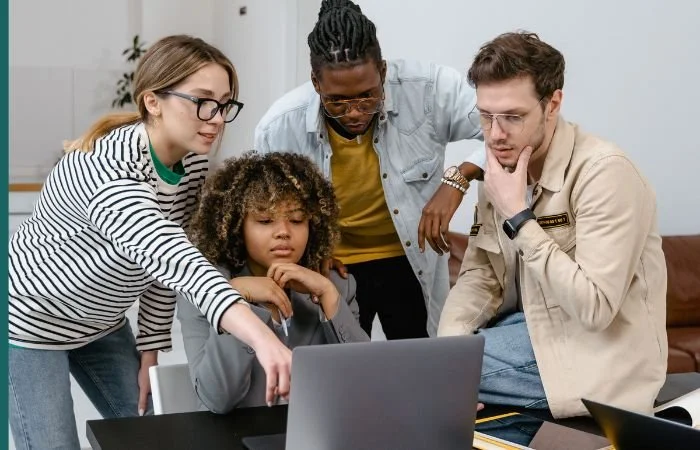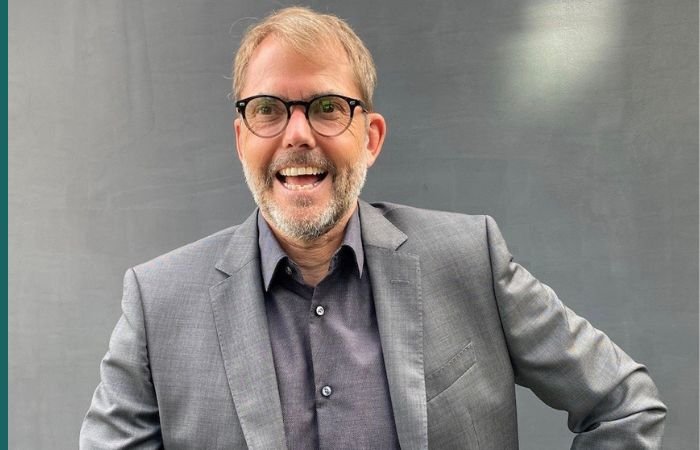How I took the plunge, followed investor advice and pivoted my entire business model
I thought I had everything under control as my co-founders and I started to prepare to raise our first round. ayda was born during the pandemic to help resolve a then-current, widespread problem. As students were forced to study from home to curb the spread of the virus, their education suffered - but it wasn’t just their education that suffered, they also missed out on socialising with friends and had to endure more time online to attend Zoom-like student events. ayda was created to bridge that gap - to make student events more than just a Zoom call or a live stream; to bring the freebies, discounts and offers experience to life. This experience is part and parcel of the rite of passage known as ‘freshers’.
There was a clear target market and it was scalable. With our learnings in the student events space and a few successful experiments with well-known brands, we were planning to expand to cover all expos, trade shows and fairs.
The team knew a few VCs in the ed tech space, and we got in touch with them with the hope of testing our pitch before we kicked off the raise. After doing our pitch preparation, we arranged a series of half-hour Zoom calls to hear their feedback.
Each one of them were brilliant (much to our surprise, considering the prolific horror stories shared by fellow founders). We received constructive criticism, fact-based feedback and a barrage of probing questions. And they brought a new possibility to our attention.
On ayda, unlike most other virtual and hybrid events platforms, event organisers, exhibitors and sponsors are provided with 3D experiences - think an instant-win experience like spin the 3D pizza model for a chance to win free pizza. It helps companies achieve better engagement with students in virtual settings. Our plan was to offer these 3D interactive experiences standalone, a few years down the line; embeddable anywhere. But the question we got asked again and again: why not just focus on the 3D interactive experiences now? Why are you limiting these experiences to a student platform only?
Until that point, the whole process had appeared like one of those very long and straight Roman roads you find in Europe. Our direction seemed obvious and the path stretched out before us. The VCs’ feedback brought us to an unexpected fork that offered a divergent path. My co-founders and I had to re-evaluate everything.
For a long moment it was difficult to choose in which direction to travel. It felt like a lot was at stake. And it was. We were bootstrapped from (very) shallow pockets and spent all our time learning, analysing, testing and validating the events space that ayda was going to fit into. On top of that, we had over 20 paying clients on a yearly subscription. We would have to let all that go, including the clients, if we were to follow the advice of the VCs we had spoken to. It would be brutal.
We decided to test the idea by approaching a selection of student brands with the new proposition. The response was positive. Some were keen to integrate the 3D interactive virtual experiences into future campaigns. We even built 150 non-interactive 3D models for Unilever’s Pot Noodle internships and were even approached by other brands to discuss similar projects off the back of this. It soon became clear that the natural path for ayda had changed. We would be taking the VCs’ advice.
The following months re-preparing for the funding round demanded a lot from the whole team. We knew we needed to prepare as much as we had done before if we were to secure any investment. We had to re-assess marketing opportunity, re-validate product-market fit, re-build tractions, and re-do diligence documents - all in 25% of the time we had previously taken. ayda has added over 100 thousand interactions outside of student events on campaigns with household names including Unilever, Wagamama and WKD. Our mission is to become the ‘Canva’ for 3D experiences.
This all comes as a result of our decision to seek investors’ advice before our initial seed funding round. Sure, there were a few other challenges we had to overcome along the way. But it was that process of allowing others to criticise our idea, and being open to adjusting our route, that enabled our success today.








